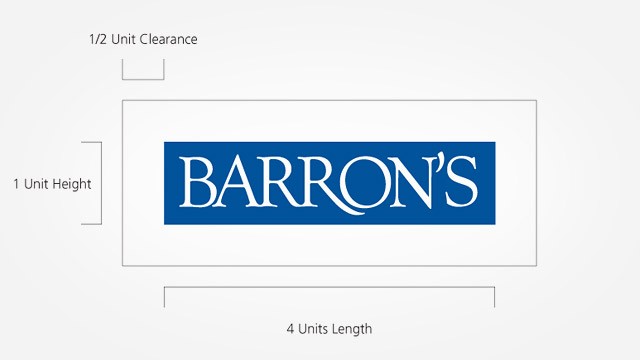Barron s
Post on: 12 Июль, 2015 No Comment

Error.
The $371 million Wilmington Multi-Manager International Fund (WMMFX), which was up 15.91%, led in world equities by emphasizing faster-growing emerging markets at the expense of some developed economies. Wilmington, part of a $6.1 billion fund group, uses subadvisors, including Goldman Sachs Asset Management and Parametric Portfolio Associates.
We are not stockpickers. We develop strategies and let the subadvisors execute them, says Sam Fraundorf, who co-manages the fund with George Chen.
The aim is to beat their benchmark without taking as much risk. Coming into 2010, Fraundorf and Chen believed their best bet was to underweight European markets where sovereign-debt problems were rising and to build positions in areas that hadn’t suffered much fallout from the financial crisis. Wilmington still wanted exposure to all countries, so the co-managers instructed the subadvisors to use the MSCI World ex-U.S. index as a guide, rather than the narrower MSCI EAFE. The latter has a lower exposure to the commodity-rich countries Australia and Canada that they wanted to own, and more exposure to developed European nations like France and the U.K.
Within emerging markets, Wilmington’s main subadvisor, Parametric, is now underweight China and Brazil because they don’t factor as heavily in the broader index it’s targeting; and it’s overweight fast-growing Chile, Colombia, Russia, the Czech Republic, Hungary and Poland.
More generally, though, Fraundorf and Chen have lost some of their enthusiasm for emerging markets in 2011, since they believe growth rates will slow. We see an economic pickup in the developed world, and that could help small-cap companies in many markets, says Fraundorf.
no credit
Thrivent Asset Management’s bet on smaller-cap stocks and higher-yielding bonds worked out well for its group of mixed-equity funds.
The group includes the $549 million Moderately Conservative Allocation fund (TCAAX), up 11.42%, the $1.3 billion Moderately Aggressive Allocation (TMAAX), which gained 11.42%, the $216 million Balanced fund (AABFX), which rose 15.54%, and the $188 million Diversified Income Plus fund (AAHYX), which posted a 15.24% increase.
The company, a unit of insurer Thrivent Financial for Lutherans, tries to provide all-in-one fund solutions for its retail customers. The funds’ stock-to-bond mix varies by objective but doesn’t adjust based on a macro forecast. Instead, they tend to try to take advantage of market conditions.
Egan says the firm is growing more wary of the bull market in small- and mid-caps.
The bond portion of Thrivent’s asset allocation funds did well last year by staying underweight government securities and overweight high-yield corporate bonds and nonagency mortgage-backed securities.
More recently, Thrivent has turned to municipals because it believes the selloff in that market has been indiscriminate. It likes higher-education credits backed by big endowments, like Harvard and Stanford. It’s bought tax-exempt issues from both institutions.
No credit
Virtus Investment Partners, which has a total of $29.5 billion under management, benefited in 2010 from bond-buying decisions it made at the peak of the credit crisis in 2008 and 2009, according to senior portfolio manager David Albrycht. He oversees both the $3.5 billion Virtus Multi-Sector S/T Bond fund (NARAX), which provided a total return of 10.25%, and the Virtus Multi-Sector Fixed Income fund (NAMFX), up 13.24%.
Albrycht thinks there are still plenty of attractive bond plays. Within the investment-grade corporates, he likes the valuations of banks, REITs and triple-B-rated credits. Despite his taxable-bond orientation, he says that tax-free municipals are beginning to look interesting: Headline risk will make timing and credit research crucial for successful purchases, says Albrycht.














